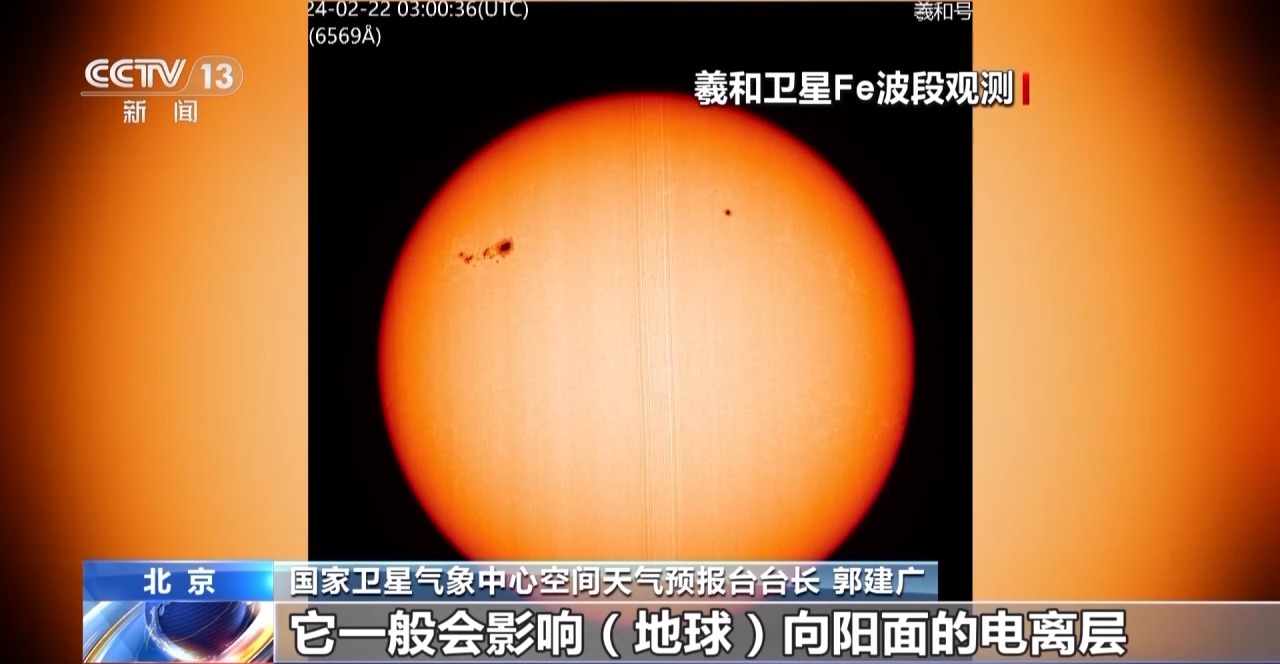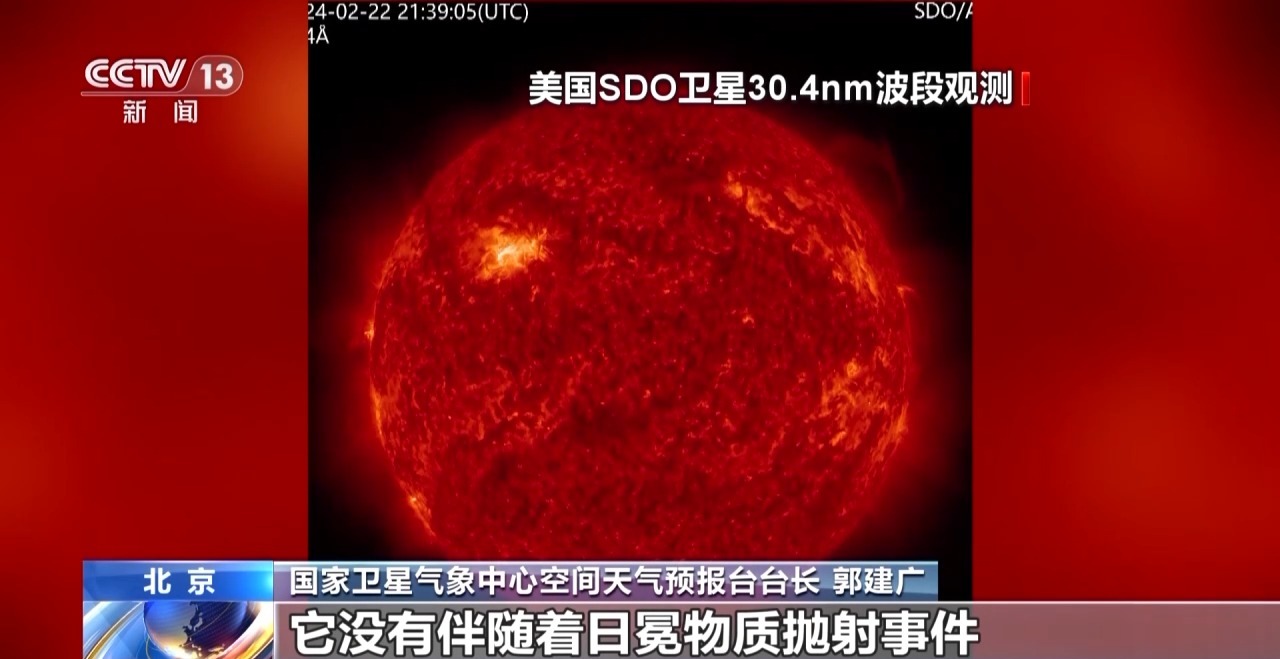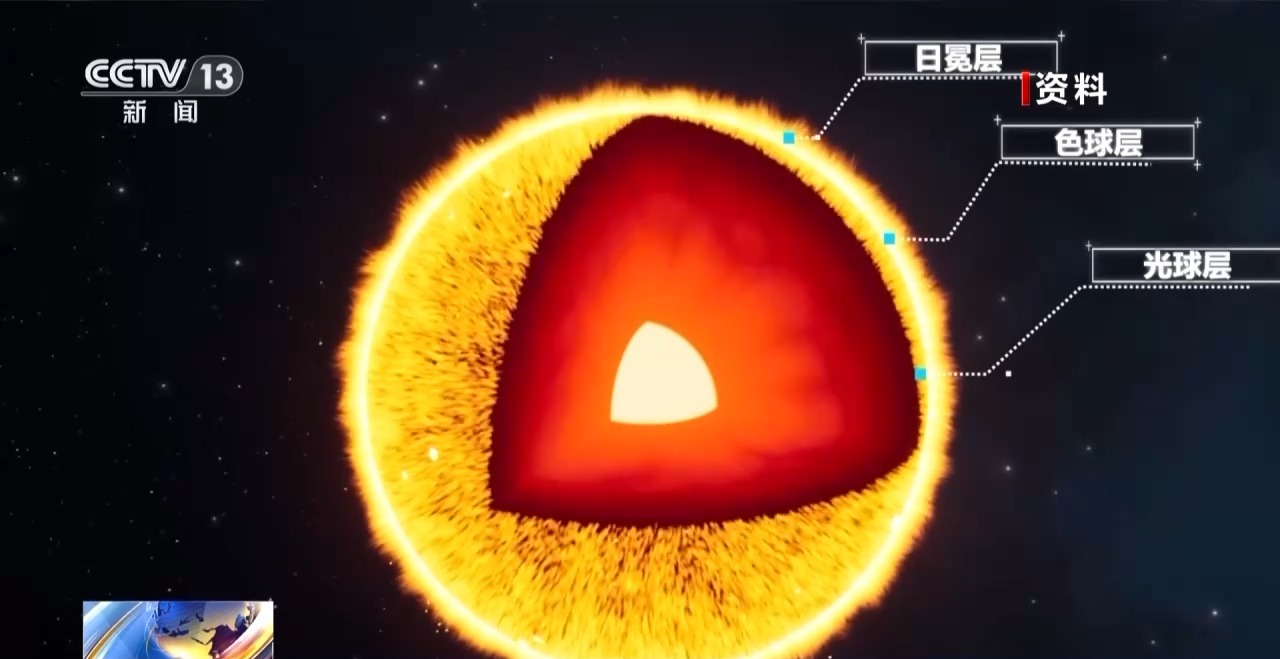
National Satellite Meteorological Center: The sun once again erupted with an X-class flare, breaking the 2017 record
The reporter learned from the National Satellite Meteorological Center that at 06:34 on February 23, 2024, Beijing time, an X6.3-level large flare erupted in the active area 13590 located at 17 degrees north latitude and 26 degrees east longitude on the solar surface. Its intensity was the current 25th solar flare. The largest event week, it also broke the record for flare outbreaks since September 10, 2017. The intensity of solar flares from low to high is A, B, C, M and X, with X-class flares being the most intense.
Meteorological analysis: What will be the impact of the solar X6.3 flare outbreak?
What is a solar flare? How powerful is the energy of this X6.3-level flare, and what impact will it have on our lives? Let’s look at the analysis from meteorological experts.

Guo Jianguang, Director of the Space Weather Forecasting Station of the National Satellite Meteorological Center: Solar flares generally refer to the phenomenon of sudden brightness in the (sun) atmosphere. Generally, it is also accompanied by the release of a large amount of energy. This energy is approximately equivalent to hundreds of billions of hydrogen bombs at the same time. Explosive energy.

①When an X-class flare erupts, it will generally affect the ionosphere on the sunward side (of the Earth). At this time, it will mainly have a slight impact on some industries that rely on short-wave communications.

②Solar flares are often accompanied by coronal mass ejections, which eject a large number of charged particles. It may take three or four days to reach the earth, in which case it will produce strong geomagnetic disturbances. For example, communications and navigation will be affected by global geomagnetic disturbances, or geomagnetic storms.

③This X6.3-level flare, because it was not accompanied by a coronal mass ejection event, it flashed by like fireworks and did not bring other effects. This flare will not cause any earthquake in the next few days. We will not see aurora phenomena due to magnetic storms.

According to the judgment of the National Satellite Meteorological Center, after three major outbursts in active area 13590, there is still the possibility of M-class or even stronger flares erupting in the future.

It is understood that solar activity exhibits a cycle of approximately 11 years. We are currently experiencing the high-year phase of the 25th solar activity cycle. Solar activity is expected to peak in 2024, and will gradually calm down by the end of the cycle.